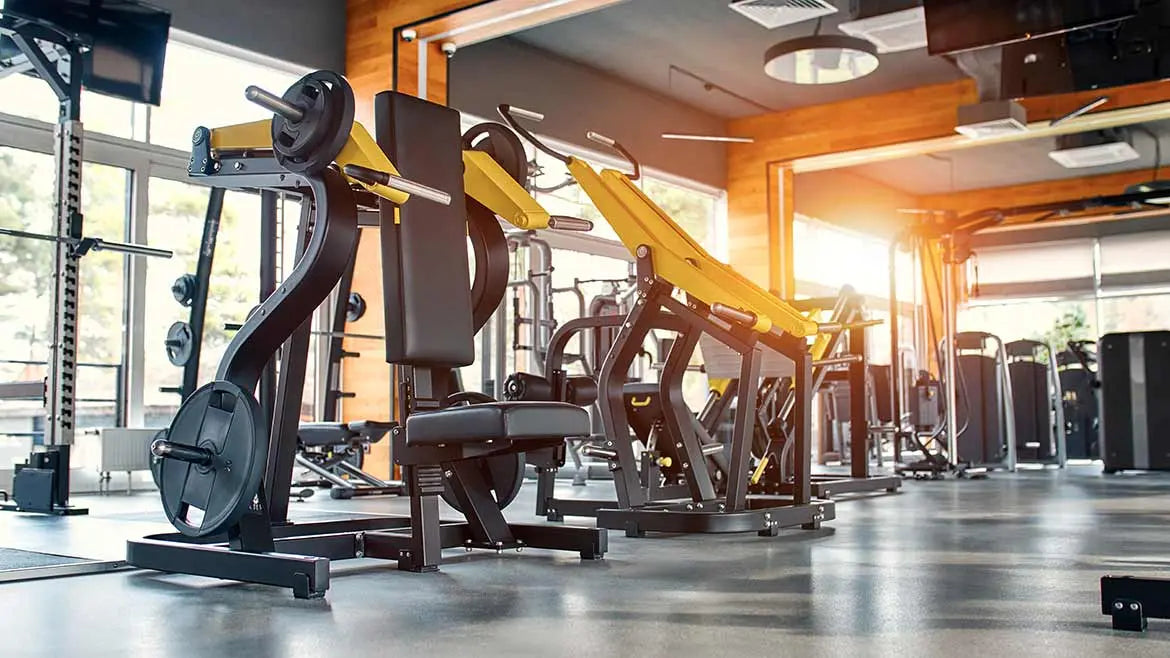Plate or pin loaded? – The right choice for your studio 🏋️♂️

As a studio owner, sooner or later you will face the question: Should I purchase equipment with weight plates (plate loaded) or with weight stacks (pin loaded)?
Both systems have their advantages – but the right choice depends heavily on your concept, your target group and the space you have available.
1️⃣ Plate Loaded – Maximum flexibility for ambitious target groups
🎯 Who is it suitable for:
From amateur athletes to bodybuilders – plate-loaded equipment covers a huge range of training levels.
✅ Advantages:
-
💪 High load limits: Ideal for performance-oriented training, as the weight increase is almost unlimited.
-
📈 Finer increments: Weight plates allow for small increases, perfect for progressive training.
-
🛠️ Robust construction: Fewer mechanical parts → more durable & requires less maintenance.
⚠️ Disadvantages:
-
📏 Space requirements: More free space is needed, as discs need to be loaded and stored.
-
⏱️ Handling: Changing discs takes longer – can lead to a bottleneck during periods of high workload.
2️⃣ Pin Loaded – Comfort and speed in focus
🎯 Who is it suitable for:
Perfect for studios with high member turnover and a focus on beginners or all-round fitness.
✅ Advantages:
-
⚡ Quick weight adjustment: One hand movement on the plug pin – ideal for circuit training or with multiple trainees.
-
🏠 Smaller footprint: No additional storage space needed for discs.
-
🤝 Low entry barrier: No handling of discs – ideal for beginners and rehabilitation trainees.
⚠️ Disadvantages:
-
📉 Limited load: Weight stacks are limited to a maximum load – too little for very strong trainees.
-
🎚️ Fewer increments: Increases are only possible within the predefined weight block increments.
3️⃣ Key decision criteria for studio operators
Before you decide, be sure to check:
-
👥 Target audience:
Ambitious athletes & bodybuilders? → Plate Loaded.
Many beginners, seniors, rehab? → Pin Loaded. -
📐 Space available:
Plate-loaded vehicles need storage space and freedom of movement.
Pin Loaded is more compact. -
🗓️ Training concept:
Device circle or high throughput? → Pin Loaded.
Maximum training variety? → Plate Loaded. -
💰 Budget & Maintenance:
Plate loaded systems are often cheaper to purchase, while pin loaded systems save time in operation.
4️⃣ Conclusion
There is no single "best" solution – but there is the best solution for your studio .
-
🔄 Combination possible: Plate Loaded in the strength area, Pin Loaded in the equipment circuit.
-
⏳ Think long-term: Plan so that your equipment will still perfectly suit your membership structure in 5-10 years.
💡 Extra tip: Analyze which devices are used how often – and get feedback from your trainers and members.

